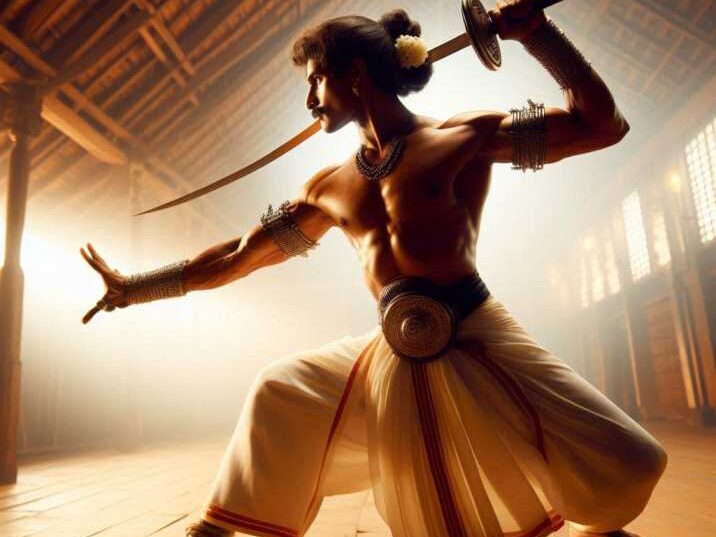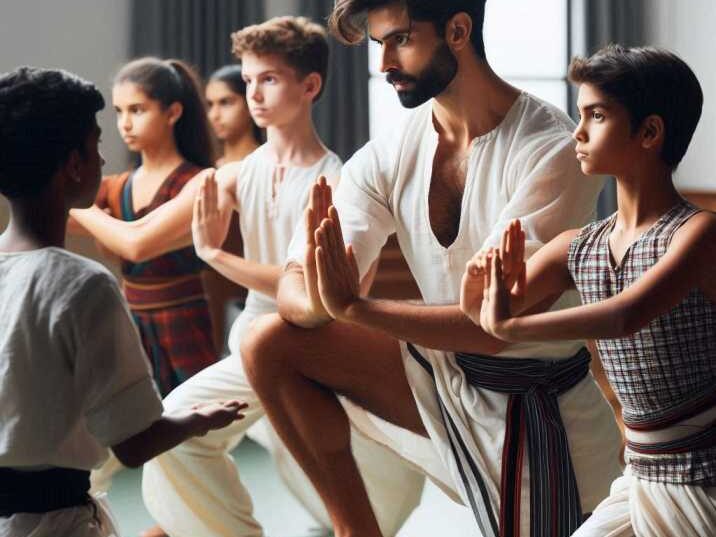Introduction
Table of Contents
Martial arts have been around for thousands of years, and their rich history continues to inspire people today. But have you ever wondered what the oldest martial art is? Martial arts have been practiced for self-defense, discipline, and physical fitness across many cultures. In this article, we’ll take a journey back in time to explore the origins of martial arts, focusing on the one that is considered the oldest. We’ll dive into how it started, its influence on modern martial arts, and why training in martial arts helps build focus and discipline—both in and out of the dojo.
A Journey Through Martial Arts History
Martial arts, in one form or another, have been part of human history for centuries. Although there are many styles, some are far older than others. Historians trace the oldest martial art to Kalaripayattu, an ancient Indian martial art believed to be more than 3,000 years old.
Kalaripayattu, which originated in southern India, is widely considered the oldest form of martial arts still practiced today. It is not just a fighting technique but a whole system of physical training that involves strikes, kicks, grappling, and weaponry. This martial art was developed as a way for warriors to defend themselves in times of battle, and it has since influenced many other martial styles across Asia.

The Origin of Kalaripayattu
The Roots of an Ancient Tradition
Kalaripayattu originated in Kerala, a state in southern India. Historians believe it dates back to 1000 BCE, making it the oldest martial art still in existence. According to legend, Kalaripayattu was created by Sage Parasurama, a warrior-sage who is said to have been instructed in the martial arts by Lord Vishnu himself. The term “Kalaripayattu” comes from “kalari,” meaning battlefield, and “payattu,” meaning fight or practice.
Spiritual Connection
Unlike many modern martial arts, Kalaripayattu is deeply rooted in spirituality. It draws heavily from the Ayurvedic tradition, focusing not just on combat techniques but also on mental and spiritual well-being. Students of Kalaripayattu learn how to meditate, which helps improve concentration and discipline. This connection between the body and mind sets it apart from many other martial art forms.
Kalaripayattu Techniques and Training
Kalaripayattu is known for its unique blend of physical combat and meditation. The training involves a variety of techniques:
Hand-to-Hand Combat
Students practice strikes, kicks, and grappling techniques. One of the primary focuses is to master agility and quick movements, which allow fighters to defend against multiple opponents.
Weaponry
In ancient times, warriors used weapons such as the urumi (a flexible sword), daggers, and spears. Learning to fight with weapons was essential, as battles often involved armed opponents.
Healing Techniques
What makes Kalaripayattu different from other martial arts is its incorporation of Ayurvedic healing techniques. Fighters learn how to treat injuries through the use of traditional medicine, massages, and natural remedies.
Discipline and Meditation
Martial artists must develop sharp concentration and mental discipline. Meditation and yoga are key components of Kalaripayattu training, promoting focus and calmness in both battle and life.
Influence on Modern Martial Arts
Though it originated in India, Kalaripayattu has influenced many martial arts across Asia. Some believe that it had a role in the development of Shaolin Kung Fu in China. When Buddhist monks traveled to India, they learned Kalaripayattu techniques, and these were eventually adapted into Kung Fu practices in China. This cross-cultural exchange highlights the ancient roots that still shape modern martial arts today.

The Importance of Discipline in Martial Arts Training
Martial arts, especially ancient ones like Kalaripayattu, aren’t just about fighting. They are about building character, discipline, and focus. Training requires years of practice, dedication, and concentration, which can translate into improved focus in school and other activities.
Benefits of Martial Arts Training
Physical Strength and Agility
Martial arts training builds strength, stamina, and flexibility. It teaches students how to control their bodies and move with precision.
Mental Discipline
Whether it’s through meditation or physical exercise, martial arts strengthen the mind. Martial artists learn to focus under pressure, which is a useful skill both in and out of martial practice.
Respect and Honor
One of the cornerstones of martial arts is respect—for one’s teacher, one’s peers, and oneself. Learning martial arts instills a sense of honor, humility, and discipline.
How Martial Arts Improve Focus
Many studies have shown that practicing martial arts can improve concentration and focus. When students spend hours mastering techniques and learning to control their movements, they also learn patience and determination. These skills carry over to other areas of life, like schoolwork and hobbies.
Kalaripayattu’s Rebirth
Though Kalaripayattu is ancient, it saw a decline in practice over time. However, in the 20th century, there was a renewed interest in this ancient art. Schools in India began reviving the martial art, and today, it is practiced by thousands of people worldwide.
Table of Information
| Martial Art | Country of Origin | Estimated Age | Focus Areas |
|---|---|---|---|
| Kalaripayattu | India | Over 3,000 years | Hand-to-hand combat, weaponry, healing techniques, mental discipline |
| Shaolin Kung Fu | China | 1,500 years | Physical fitness, self-defense, spiritual practices |
| Jujitsu | Japan | 1,000 years | Grappling, submission holds |
| Pankration | Greece | 2,500 years | Wrestling, striking |
Conclusion
Kalaripayattu is not just the oldest martial art in the world, but also one of the most spiritually and physically enriching. From its origins in ancient India to its influence on modern martial arts, Kalaripayattu is a testament to human ingenuity and the desire for self-improvement. For those who practice martial arts today, understanding the history and philosophy behind these ancient techniques can add depth and meaning to their training. Whether for self-defense or personal growth, martial arts like Kalaripayattu continue to inspire and teach valuable life lessons.
FAQs
- What is the oldest martial art?
The oldest martial art is Kalaripayattu, which originated in India over 3,000 years ago. - What are the main techniques of Kalaripayattu?
Kalaripayattu focuses on hand-to-hand combat, weaponry, healing techniques, and mental discipline. - Is Kalaripayattu still practiced today?
Yes, Kalaripayattu is still practiced today, particularly in India, where it has experienced a revival. - How does martial arts improve focus?
Martial arts require concentration and discipline, which can improve focus in school and other activities. - Did Kalaripayattu influence other martial arts?
Yes, it is believed that Kalaripayattu influenced other martial arts, such as Shaolin Kung Fu.


